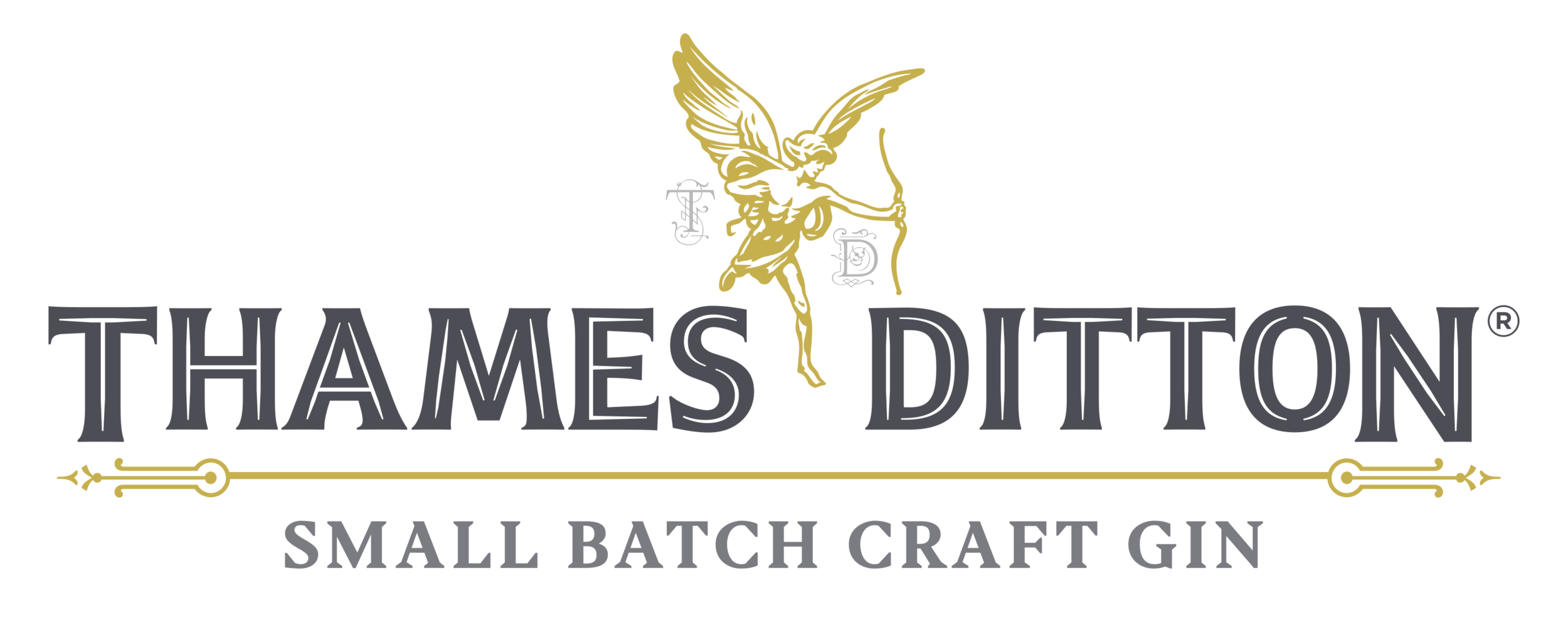Navy Strength
Thames Ditton Navy Strength Gin
Thames Ditton NAVY STRENGTH GIN
Based on our Original gin which is made in the traditional London Dry Style but a little stronger! Like all good gins our base canvas is juniper which all gins contain giving it its predominant flavour. Our Navy Strength gin is made in small batch quantities, based on our original gin, but made to 57% proof rather than 40% making it ideal for cocktail making, as it stands up against mixers and other flavours.
Why is it called Navy Strength? If gin was spilt on gunpowder it would spoil. However, if the gin was at least 57% abv (or 114 proof) then gunpowder still ignited. And so, it became known as ‘navy strength’.
Local Historical Connections to the Navy
With cannonballs and gun powder in mind we have a local connection to the Navy. Aside from Henry VIII and the Mary Rose his flagship.
HMS Hampton Court was a 70-gun third-rate ship of the line of the Royal Navy, built at Rotherhithe in 1706 and launched on 19 August 1709. Hampton Court was part of Vice-Admiral Edward Vernon's fleet and took part in the expedition to Cartagena de Indias during the War of Jenkins' Ear. On 12 December 1741 orders were issued for Hampton Court to be taken to pieces and rebuilt at Deptford Dockyard as a 64-gun third rate to the 1741 proposals of the 1719 Establishment. She was relaunched on 3 April 1744.
In November 1745 she encountered her fellow Royal Navy vessel HMS Defiance. The crew of both vessels mistook the other for a French man-o-war and opened fire at long range. The engagement ended after half an hour, when crew aboard Defiance observed British markings on the cannonballs striking their ship and signaled for a truce. Hampton Court remained in service until 1774, when she was broken up.
Tasting notes
“Very fresh and smooth on the nose with juniper and citrus orange coming through. Lemon thyme and Costmary marry nicely with the juniper and blood orange on the palate to give a refreshing and mildly herbaceous taste.”
Blood Orange
Blood Orange
The blood orange is a variety of orange with crimson, almost blood-colored flesh. They have a unique flavour compared to other oranges, being distinctly raspberry-like in addition to the usual citrus notes. In acknowledgement of William III, the Dutch King William of Orange we have included blood orange as our signature citrus note to accentuate our botanicals. We recommend a shave of blood orange peel served as a garnish.
Lemon Thyme
Lemon Thyme
Lemon thyme , as the name suggests, is a lemon-scented evergreen perennial. The leaves are used as a herb to flavour cooking, raw in salads, or in herbal teas. It has a soft herbal thyme flavour along with a subtle essence of lemon, all without any of the bitterness sometimes found in regular thyme. It is grown locally in the Kitchen Garden at Hampton Court Palace and is a fitting addition to our botanical mix.
Costmary
Costmary
Costmary is a perennial with oval serrated leaves which during summer months displays small yellow button shaped blossoms. It was used in medieval times as a place marker in Bibles. Drowsy worshippers sniffed or nibbled the fragrant balsamy leaves to revive themselves during long (read boring) sermons. Also grown locally at the Palace Kitchen Garden it is a fitting addition to our botanical mix.
“This is the first gin where it has some clean interesting botanicals. I like the citrus notes very clean but they add a perfect balance and cuts through the alcohol and leaves a nice long lasting refreshing drink. Excellent work and for my money one of the best gins that money can buy.”
DOWNLOAD the Tasting Notes for Thames Ditton Gin here




